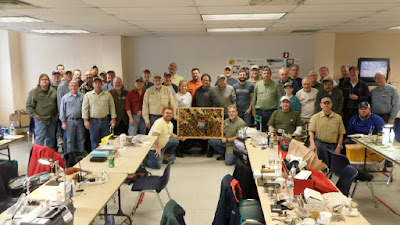Nymph fishing may be more productive in the long run, but there's nothing like fishing a dry fly to a large trout sipping naturals off the surface of moving water. Focus, timing, control, stealth, anticipation, reaction, all overwhelming any thoughts outside the small sphere that encircles the angler and his quarry. In fact, when you are in that world, you stop thinking and your inner autopilot takes over - you are truly engaged in the moment.
Via: Small Fly Funk

